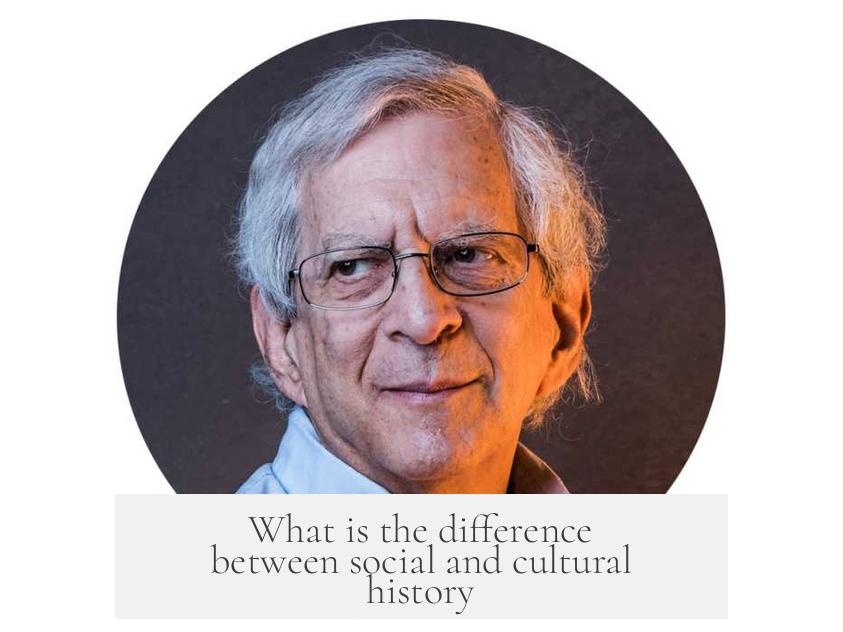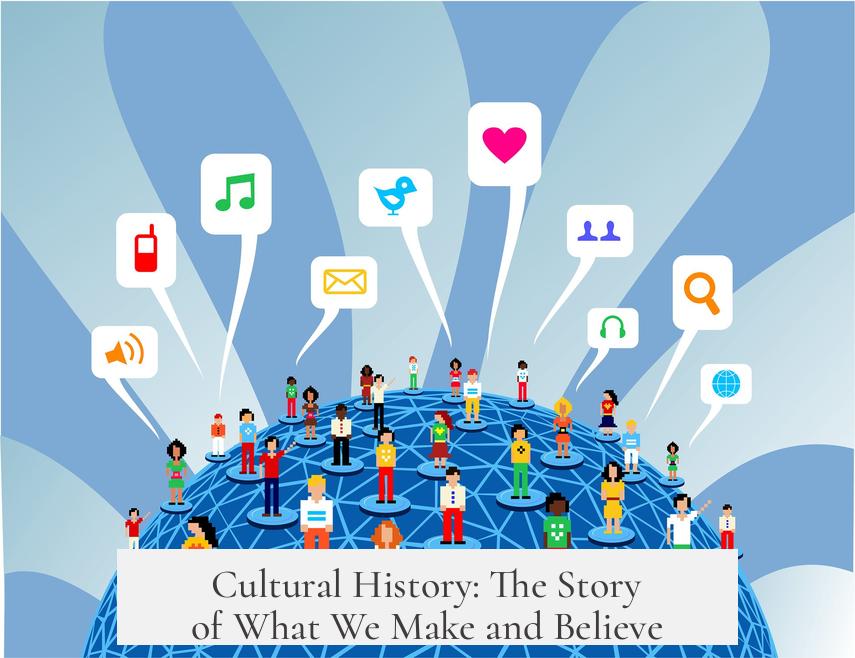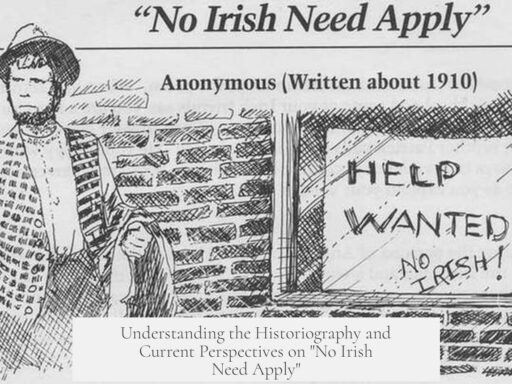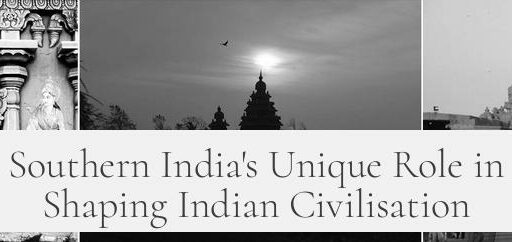The difference between social and cultural history lies in their focus and methodology: social history studies societies by examining how people interact and relate within communities, often through class and social structures, while cultural history explores the products and expressions of human intellect, such as art, beliefs, and practices, highlighting individual and group agency in shaping experience.
Social history centers on the experiences of people as members of societies. It investigates how communities function and evolve by studying interactions, social roles, and group dynamics. For example, analyzing master-slave relationships in the American South before the Civil War illustrates social history in practice. It emphasizes class relations and, frequently influenced by Marxist theory, views social change as driven by shared experiences and conflict between classes.
Marxism informs social history by framing class struggle as a key force behind societal transformation. Social historians often prioritize societal stratification, discussing how divisions arise and shift over time. People such as Charles Dickens, whose works depict social inequality and class distinctions, might be referenced to understand these dynamics.
Cultural history, on the other hand, examines the tangible and intangible creations of societies. It studies art, architecture, literature, rituals, and other cultural artifacts to understand how people express meaning and identity. For example, a cultural historian might analyze different construction methods in the Great Plains to assess their influence on settlement patterns.
This field emerged as a response to perceived narrowness in social history. While social history focused heavily on class and political factors, cultural history broadens the scope to include marginalized perspectives and various forms of human expression. It incorporates gender studies, race studies, environmental history, sexuality, travel writing, and other areas often overlooked by traditional historical approaches.
Cultural history sees societal change as driven by the narratives and meanings that people create and share. It values human agency, exploring how individuals and groups shape culture as well as how culture shapes them. For example, Dickens’ novels might be analyzed not just for their depiction of class but also as cultural products influenced by literary trends and reflecting societal values.
In terms of societal stratification, cultural history might consider the cultural critique embedded in literature or art, while social history might analyze the social structures those critiques address. The distinction can be subtle but rests on the emphasis: social history traces social mechanisms, whereas cultural history concentrates on symbolic systems and cultural outputs.
Despite distinct focuses, social and cultural history overlap significantly. Both seek to broaden the understanding of the past beyond political or elite narratives. Cultural history extends social history by embracing a wider variety of perspectives and sources. It challenges the notion that class is the sole or primary lens for interpreting historical change and instead explores multiple angles, including ideology, identity, and symbolic meaning.
This expansion allows historians to investigate the full complexity of human societies. Cultural history recognizes the importance of non-political factors in shaping history, highlighting stories and experiences historically neglected. Yet, this approach is still developing within academia and has not been entirely integrated with traditional methods.
| Aspect | Social History | Cultural History |
|---|---|---|
| Definition | History of society and social relationships | History of culture, arts, and human expression |
| Focus | Communities, social interactions, class relations | Artifacts, beliefs, rituals, literary and artistic products |
| Change Perspective | Driven by shared social experiences and class struggle | Driven by narratives and collective meaning-making |
| Approach | Structural, often Marxist-influenced | Agency-driven, inclusive of marginalized voices |
| Examples | Class relations, stratification, social roles | Art styles, cultural rituals, literary analysis |
Both fields contribute to a richer understanding of history by shifting attention away from solely political narratives. Social history highlights the dynamics between people in social structures. Cultural history adds depth by analyzing how societies express meaning and identity through cultural forms.
Researchers often combine techniques from both to grasp the full scope of historical experience. Social history provides context for how people live and interact. Cultural history reveals how people understand their world and make sense of change.
Key takeaways:
- Social history studies societal interactions and class structures.
- Cultural history focuses on cultural expressions like art and beliefs.
- Social history is often linked to Marxism and social change through shared experiences.
- Cultural history emphasizes agency, narratives, and marginalized perspectives.
- Both fields overlap and complement each other to expand historical understanding beyond elite politics.
What is the difference between social and cultural history?

At first glance, social and cultural history might seem like two peas in a historical pod. But the critical difference is that social history studies the interactions within societies, while cultural history digs into the artifacts and intellectual achievements that define those societies. One looks at people and their relationships; the other examines what they produce and value.
Let’s unpack this with a bit of wit and clarity, shall we?
Social History: The Story of Us
Imagine your high school reunion, but stretched across centuries and thousands of people. That’s social history in a nutshell: the study of how groups of people live together, interact, and organize their communities. It’s about society as an aggregate of people forming a somewhat orderly community. Think of it as a giant, ongoing social experiment documented over time.
Social historians focus on the dynamics inside communities. For example, if you want to understand how master-slave relationships evolved in the American South before the Civil War, that’s a perfect social history topic. It’s about the nuts and bolts of interpersonal relations and social roles.
Marxists—historical enthusiasts who love to delve into class struggles—often align with social history. This branch investigates how class relations shaped events, highlighting the push towards, in a Marxist dream, a classless society. So, social historians are keen on how societal layers like class structure evolve and influence communities. Picture Charles Dickens painting vivid pictures of social stratification, capturing the grit beneath Victorian England’s impressive façade.
Social history sees change as driven by shared human experiences. It’s not abstract forces but real people navigating their world, creating a story about how we live and mingle.
Cultural History: The Story of What We Make and Believe

Now, cultural history takes a different route. Instead of zooming in on how people interact day to day, it gazes at the legacy people leave behind: the art, buildings, handicrafts, and other intellectual or creative achievements. Think of it as history’s attic—a treasure trove full of objects and ideas telling us who we were and what we valued.
For example, a cultural historian could study how different construction methods influenced settlements in the northern versus southern Great Plains. It’s not just about people living there but about the cultural choices embedded in how they built their homes and communities.
Cultural history arose partly as a critique of social history, which some considered a bit rigid and narrowly focused on social class and structures. Cultural historians argue that the stories we tell ourselves, the narratives, beliefs, and representations, shape our understanding of the past. This view emphasizes human agency—the power individuals and groups have to shape history—and introduces fresh perspectives like gender studies, race, travel writing, sexuality, and even environmental history.
In cultural history, change is driven by the stories, myths, and symbols people create—not just by social or economic forces. It digs into what people produce, whether those are novels lamenting unfair societal stratification (hello, Dickens again) or the political messages embedded in public architecture. So societal issues are often explored through the cultural works that reflect or challenge them.
The Overlap and Dance Between Them
Here’s the kicker: social and cultural history overlap quite a bit. They’re like two dance partners who sometimes forge their own steps but always end up in sync.
Cultural history didn’t arise in a vacuum—it extends social history’s assertion that history is broader than the stories of “old, white men.” It pushes further, challenging historians to embrace all perspectives, not just class or political narratives.
Where social history might focus tightly on class struggles or community building, cultural history broadens the scope—bringing in diverse angles and subjects to fully grasp the complexity of human experience. It’s like social history puts on a monocle, and cultural history pops on a virtual reality headset, showing us a multi-dimensional past.
Despite the shared goals, cultural historians emphasize non-political angles beyond Marxism’s class analysis, poking around in nearly every nook of culture and ideology. The field challenges the historical community to recognize how multifaceted history really is.
How To Apply This Understanding? Practical Tips

- When researching history: Ask yourself—Am I looking at human relationships and societal structures (social history), or am I interested in the artifacts, stories, and cultural expressions of a community (cultural history)?
- For teachers and students: Use social history to explain the framework of society. Use cultural history to breathe life into historical narratives through art, literature, and belief systems.
- When reading historical novels: Identify how authors reveal societal changes—do they focus on class conflict and social interaction or on the cultural mood and intellectual debates? Dickens, for instance, serves as a fascinating bridge: social issues portrayed via cultural products.
Final Thoughts: Why Does This Matter?
Understanding the difference between social and cultural history is more than academic nitpicking. It shapes how we view the past and ourselves. Social history gives us the collective story—how groups shaped the world. Cultural history offers context on what those groups believed, created, and aspired to.
Together, they provide a richer, fuller picture. Without social history, we miss how communities live and struggle. Without cultural history, we miss how those struggles and lives get told, celebrated, or contested through culture.
So next time you dive into history, remember: social historians study the “who” and the “how we interact;” cultural historians explore the “what we make” and “how we interpret our world.” Both perspectives are essential to unlocking the stories beneath dusty archives and into our modern lives.
What is the main focus of social history compared to cultural history?
Social history studies communities and how people interact. Cultural history looks at what people create, like art, buildings, and stories.
How does cultural history build on social history?
Cultural history expands social history by including more topics like gender, race, and environment. It values many perspectives beyond class and politics.
Why is Marxism connected to social history but not cultural history?
Social history often examines class struggles and economic systems, inspired by Marxism. Cultural history focuses more on ideas and cultural products.
How do social and cultural history view change differently?
Social history sees change through shared human experiences. Cultural history sees change in the stories and meanings we create.
Can a Dickens novel be studied differently by social and cultural historians?
Yes. Social historians discuss class and social stratification shown in the novel. Cultural historians analyze its literary style and cultural influences.




